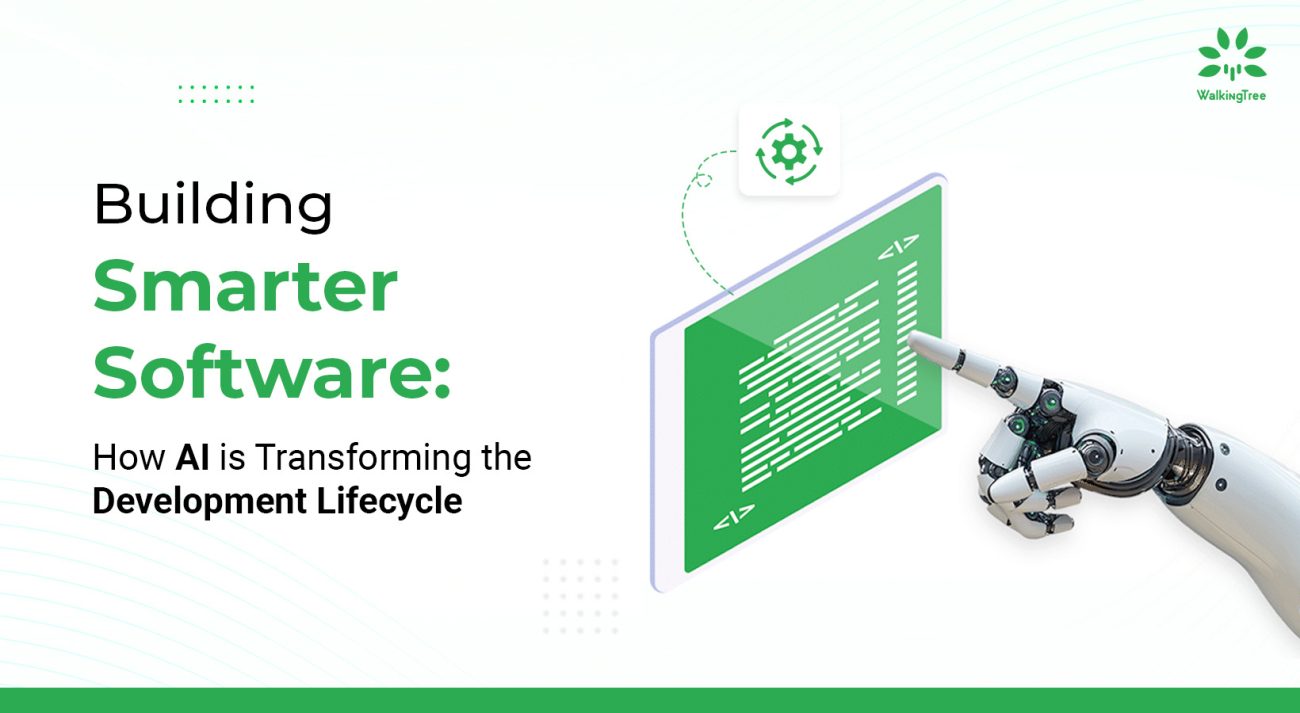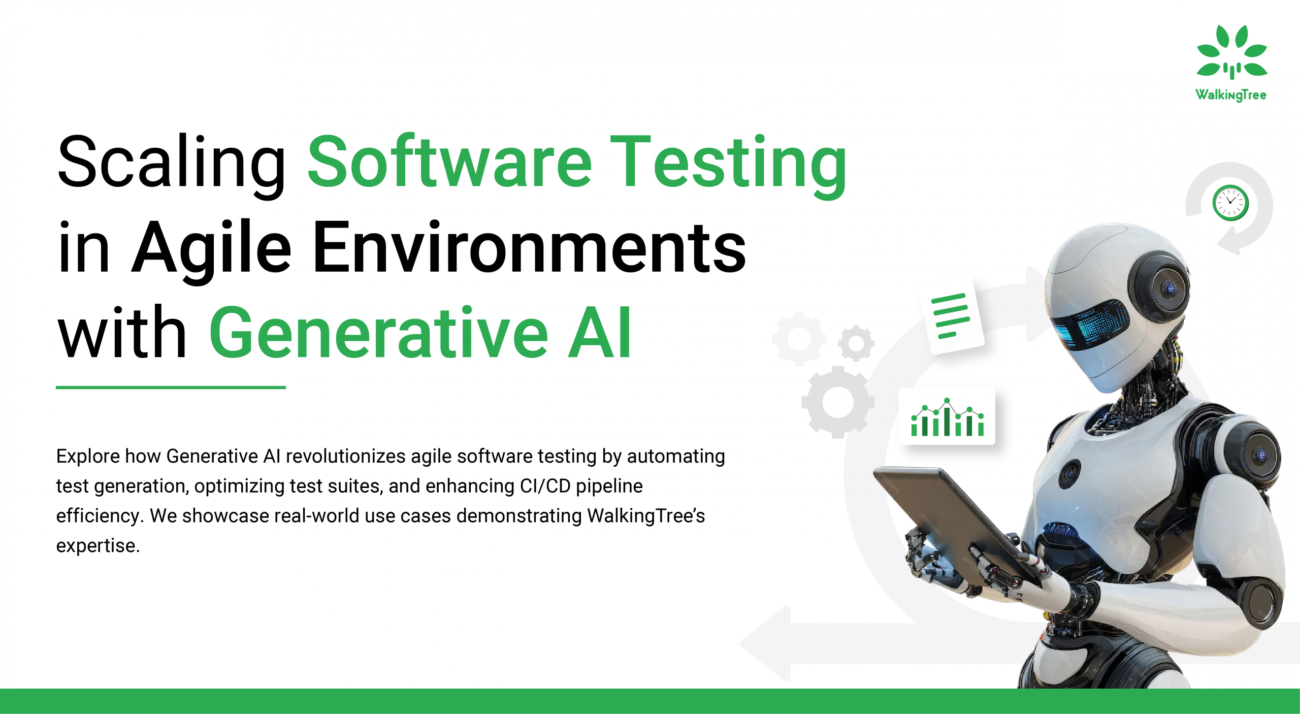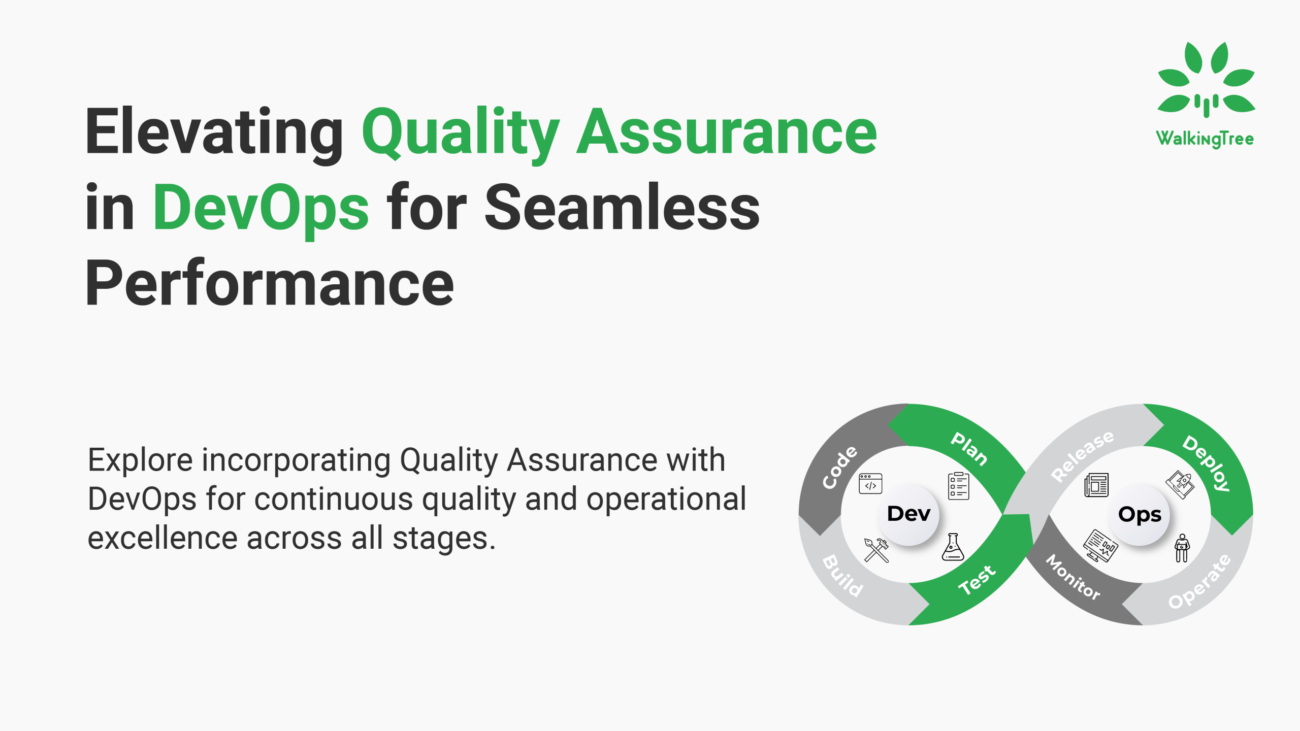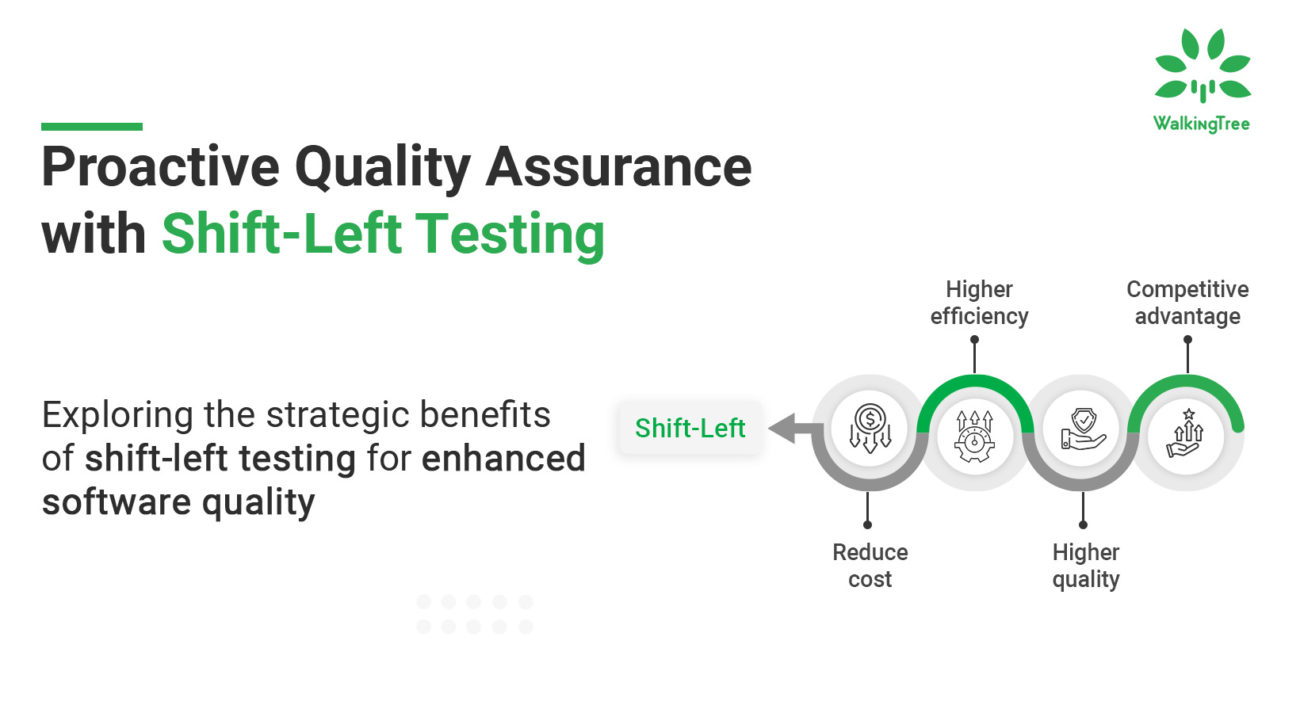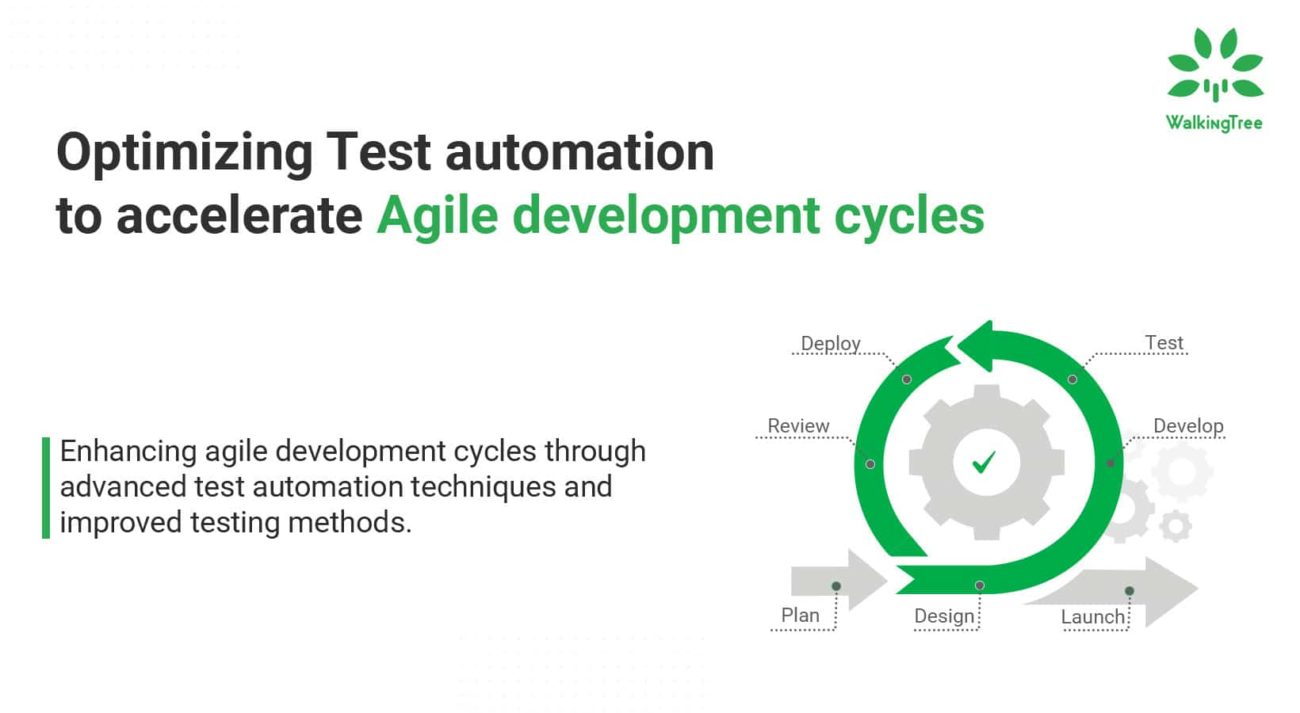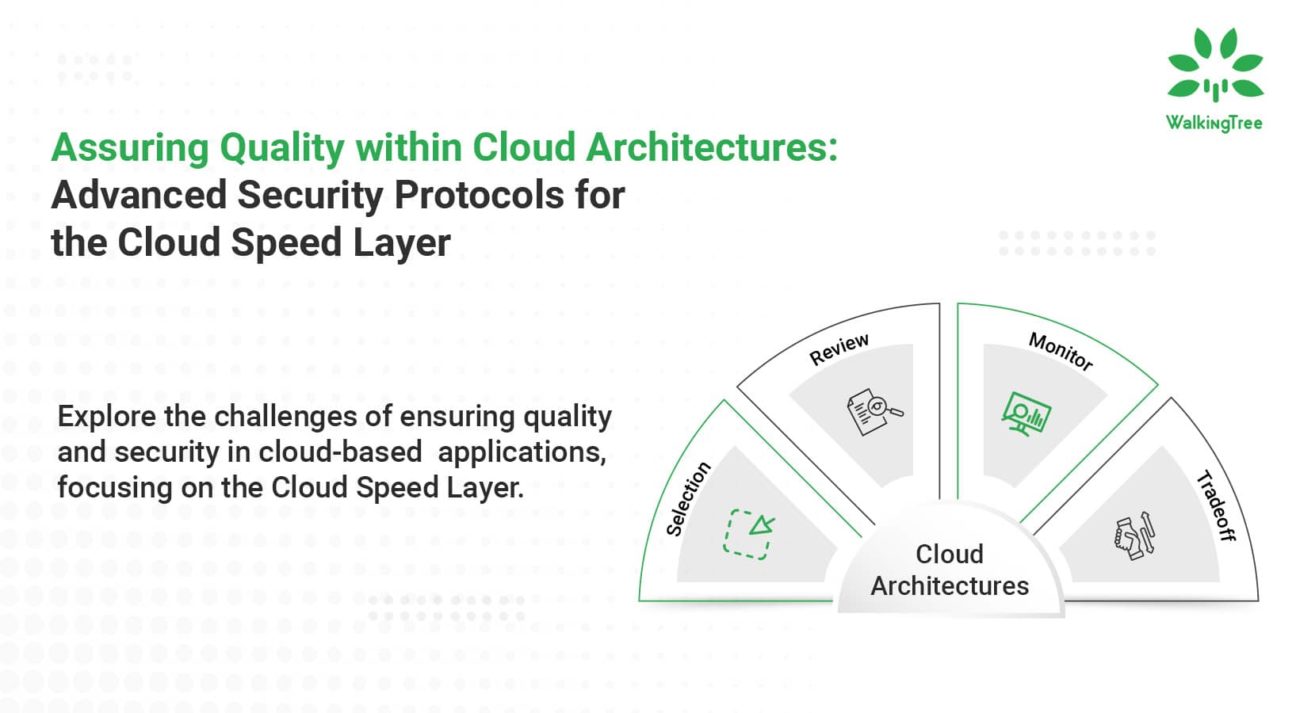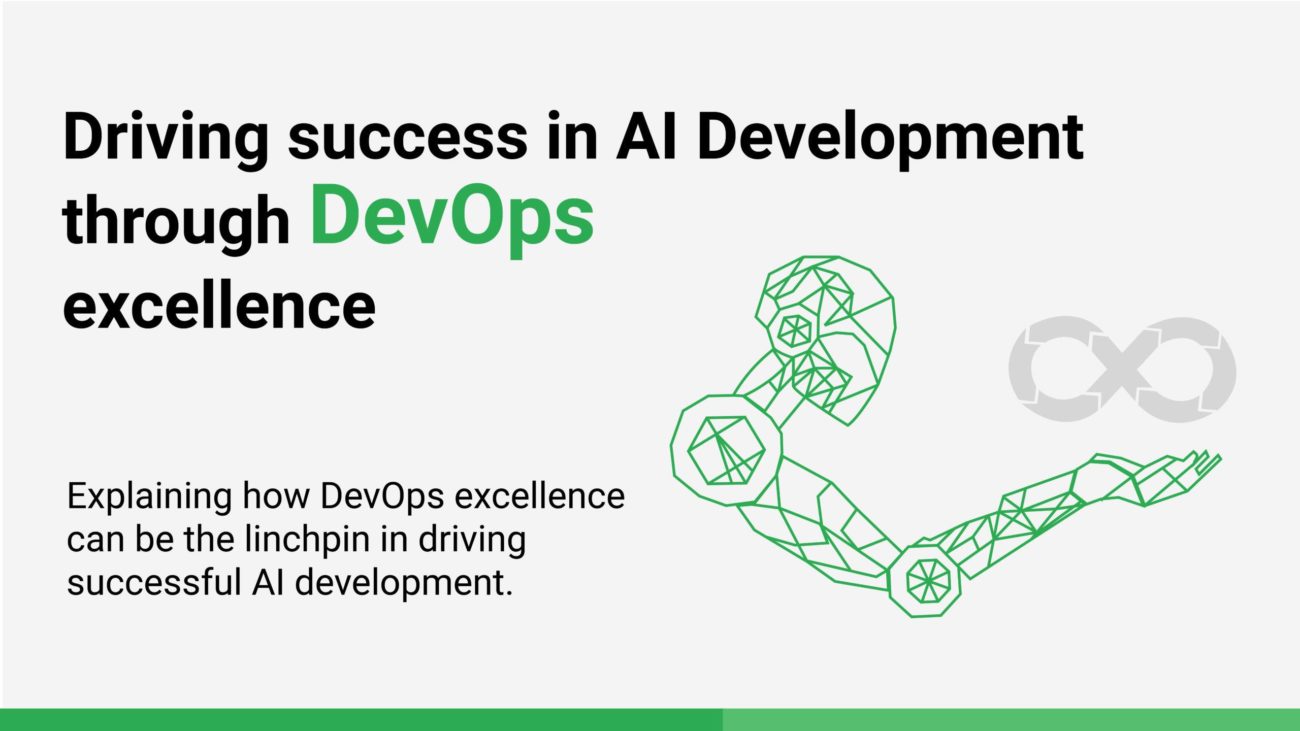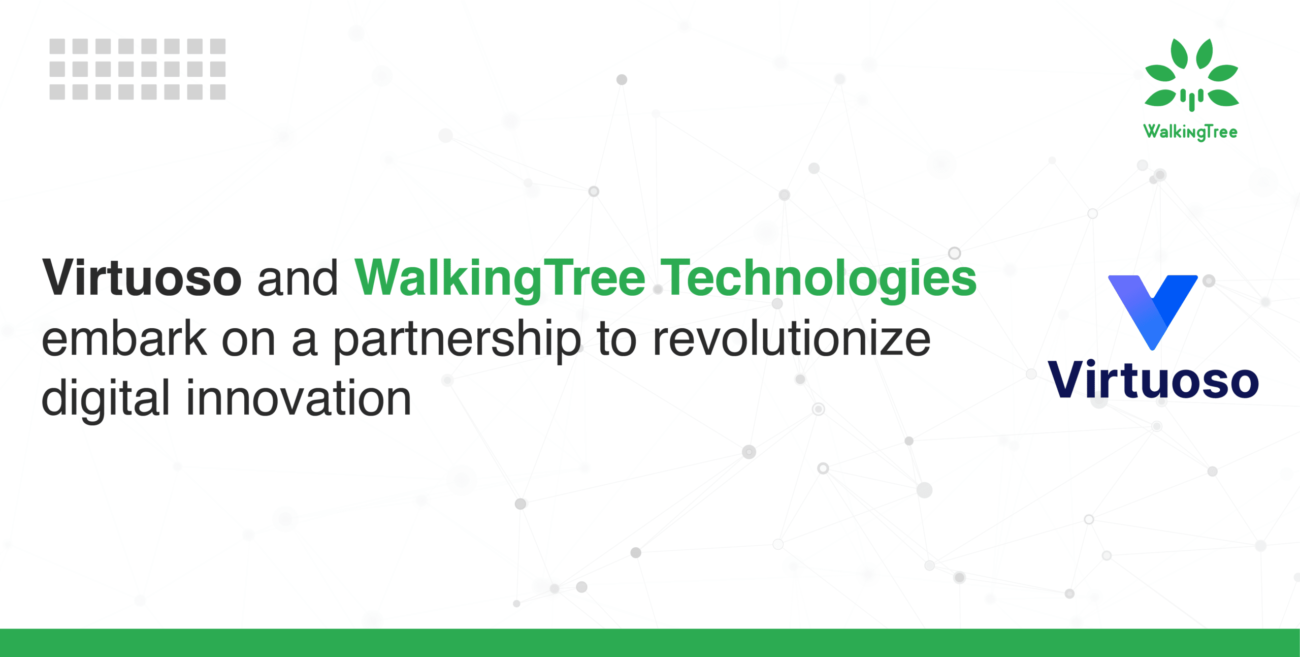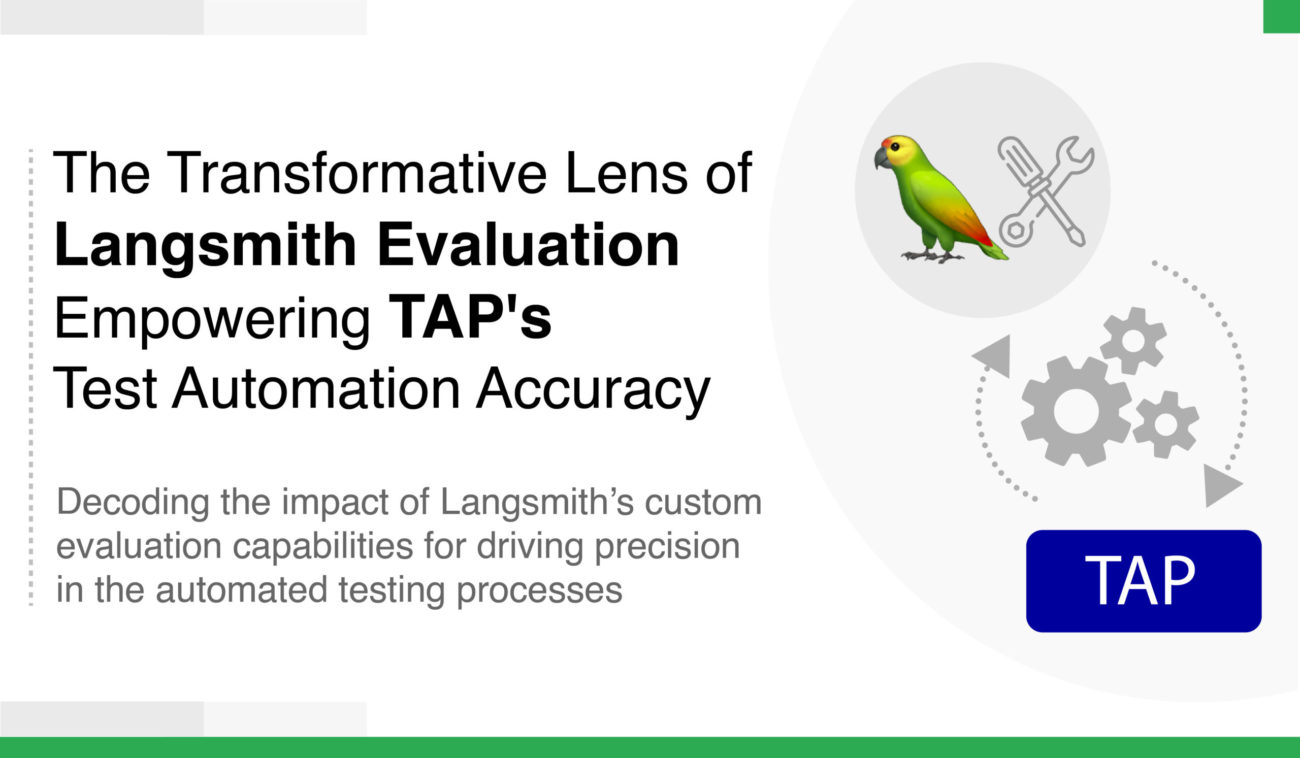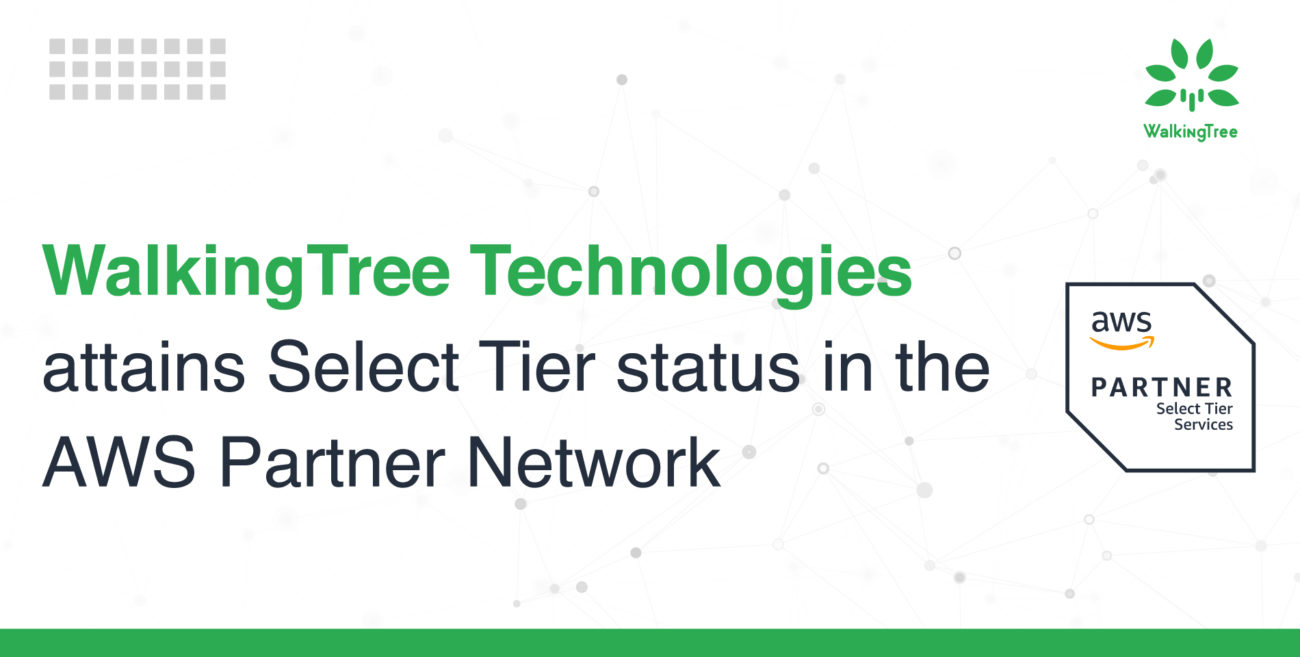
Blogs
Achieving the Perfect Balance: Quality, Speed, and Cost with CI/CD in Software Development
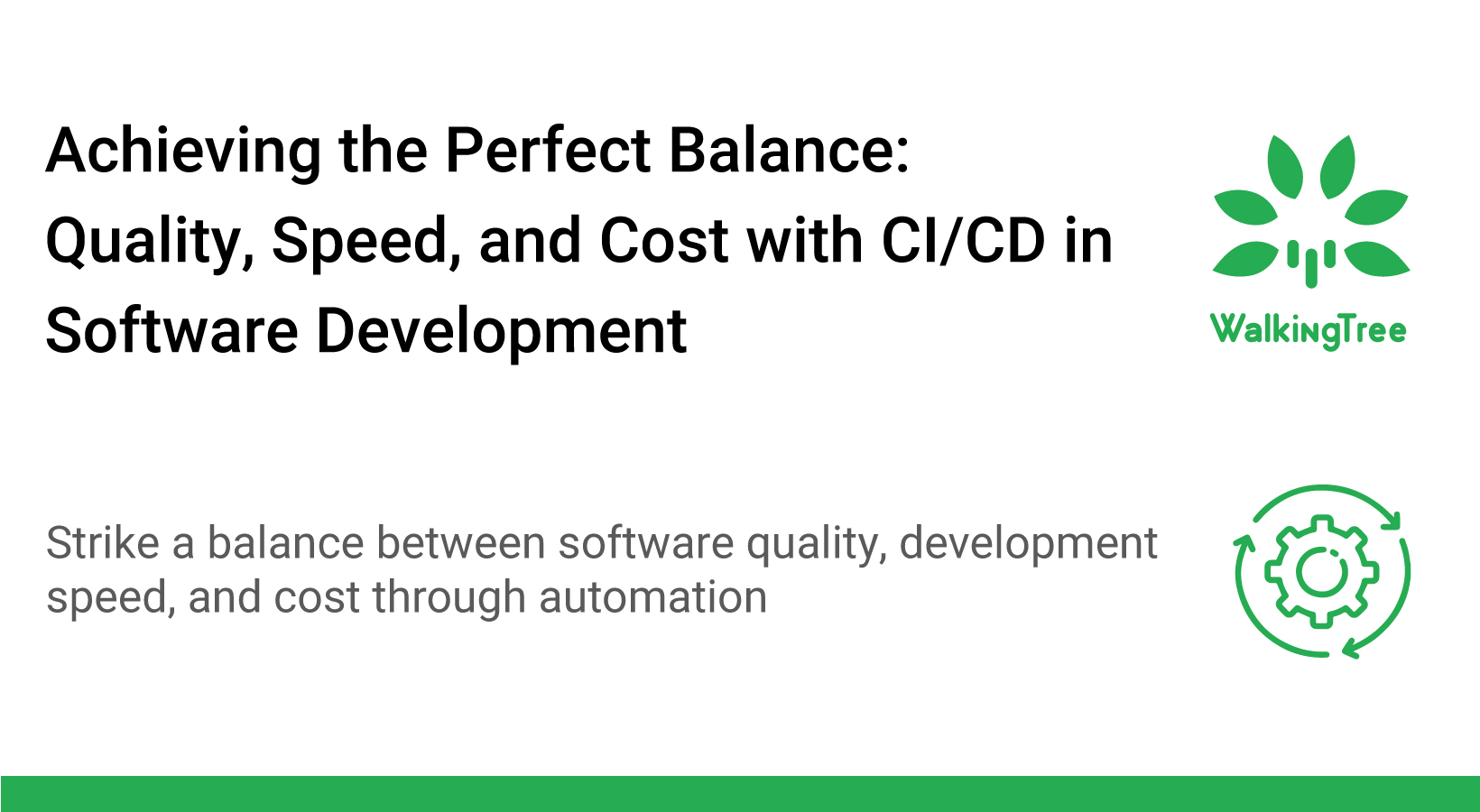
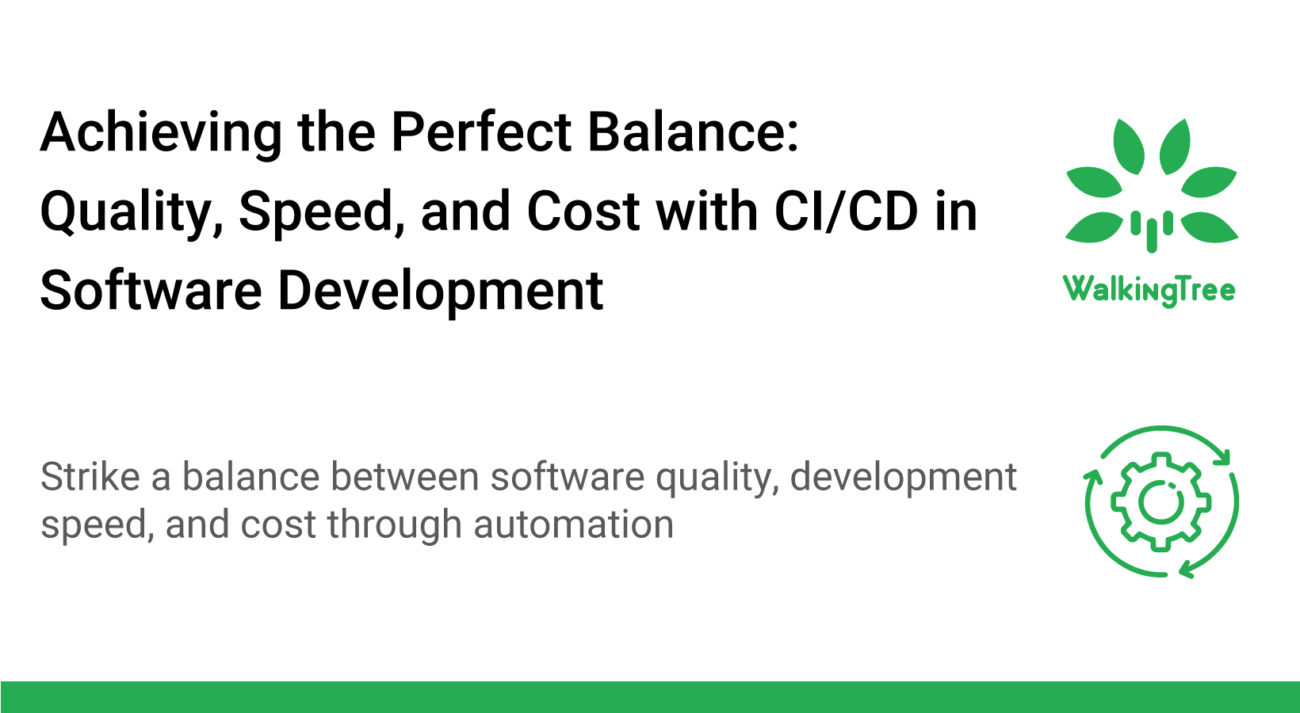 By automating as much as possible, enabling quick iteration cycles, and minimizing errors, software development teams can effectively strike a balance between software quality, development speed, and cost.
By automating as much as possible, enabling quick iteration cycles, and minimizing errors, software development teams can effectively strike a balance between software quality, development speed, and cost.
One of the key components of DevOps is continuous integration and continuous delivery (CI/CD). This approach automates critical software development processes like builds and testing. They ensure that changes are merged and synced with the source code version control system.
CI/CD allows teams to identify integration issues early on and fix them quickly leading to more efficient and high-quality software.
But why is CI/CD so important?
CI/CD enables businesses to balance quality, speed, and cost in their software development projects.
In today’s competitive global economy, CI/CD is a crucial differentiator. Companies can build great apps at a fast pace with low cost by adopting this approach.
You might be thinking, “Do I need to fully embrace DevOps to adopt CI/CD?”
The answer is NO.
Even small startups can benefit from implementing CI/CD. It provides speed. Allows your team to focus on delivering high-quality apps without overspending. And it’s not just about building the app, but also about making improvements and fixing bugs quickly once it’s launched.
So, if you want your software development projects to be more efficient, adopting the CI/CD approach is the way to go. It’s a game-changer in the industry and helps achieve business goals.
|Understanding DevOps: A Closer Look
Many of us know DevOps. Let’s take a closer look at it. See what it involves.
While it has its roots in the Agile movement, DevOps is not a software development methodology in itself. Instead, it’s an approach.
It combines a company’s software development and network administration teams to streamline the process of building applications.
DevOps offers various benefits:
- DevOps relies heavily on modern technologies like containers and virtualization to make development, QA, and production servers more efficient.
- It also uses automation for builds and testing processes. Help companies develop high-quality software at a faster pace and lower cost.
- One of the great things about DevOps is its community. This community includes tools, best practices, and process experts that can help companies get started with DevOps and continue to improve their processes over time.
- With its focus on collaboration, automation, and modern technologies, it’s a great way to build high-quality software faster at a lower cost.
Initially, DevOps was primarily used by large enterprises. But now businesses of all sizes involved in software development can benefit from adopting this approach.
Whether you’re a startup or an established company, DevOps can help you get your applications to market faster while maintaining high quality.
So, if you’re looking to improve your software development process and stay competitive in today’s market, DevOps is definitely worth exploring.
| Understanding CI/CD: Continuous Integration and Continuous Delivery
In simple terms:
Continuous Integration (CI) enables developers to automatically test and build their code. It prevents problems when different developers change the same code. This saves time and leads to better-quality software.
Continuous Delivery (CD) is a way to make software development faster and more reliable. With CD, any changes made to the code are automatically tested and delivered to customers. This means that new features and fixes can be released quickly and with less effort, resulting in better software products. Domain-specific knowledge can be provided by augmenting the knowledge base of the LLM. As the token size is limited and also charged for usage, you would want to be able to send relevant domain knowledge to be used to answer queries and generate relevant responses.
The LLM provides answers to user queries based not only on the knowledge captured in the dataset the LLM was trained on, but augmented with knowledge coming from searching additional data sources which could comprise of Domain-specific documentation, Data from internet websites, Data maintained in relational and graph databases, vector stores etc.
This is enabled using technologies like Llama-Index and LangChain which enable to connect to different data sources, search and send the relevant information to the LLM to be used to generate the responses.
Another approach is Fine-tuning the pre-trained model on domain-specific data to align it with the target domain and reduce hallucinations. By exposing the model to domain-specific patterns and examples, it can learn to generate more accurate and contextually appropriate responses.
Fine-tuning LLMs with domain-specific data can further improve their performance and reduce hallucination tendencies. By training the model on task-specific datasets and fine-tuning it to suit the desired application, we can further enhance the model’s understanding of context and generate more reliable outputs.
Let’s see how they can help streamline software development.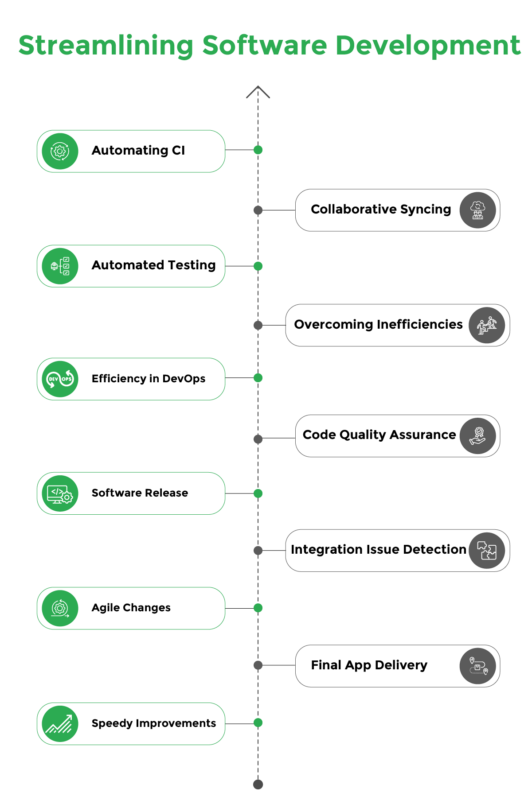
- Automating CI – Continuous Integration (CI) automates builds and testing in software development.
- Collaborative Syncing – CI ensures programming changes are merged and remain in sync for teams with multiple programmers.
- Automated Testing– Unit tests and builds are automatically run when a developer checks their code to prevent changes from breaking the build.
- Overcoming Inefficiencies – Before DevOps and automation, CI was a highly manual process, leading to inefficiencies in software development projects.
- Efficiency in DevOps – With automation, CI is significantly more efficient and remains a critical best practice in DevOps.
- Code Quality Assurance – Continuous Integration (CI) is a crucial activity in the CI/CD pipeline that ensures code quality by automatically testing and detecting issues early on, using tools such as unit tests, integration tests, and acceptance tests.
- Software Release – Continuous Delivery (CD) focuses on delivering a software product for release to users, customers, or the public.
- Integration Issue Detection – CD eliminates inefficiencies by discovering integration issues before manual testing.
- Agile Changes – The CI/CD approach is crucial in mobile app development as it enables app changes to be made quickly and efficiently. The CD serves as the last step of the development process before the app is released and is important for future updates. Speedy app improvements through CI/CD engender customer goodwill and satisfaction.
- Final App Delivery – In mobile app development, CD is the last part of the development process before the app is delivered to the App Store or Google Play.
- Speedy Improvements – CD plays an essential role in making app changes with high velocity, improving the speed of app improvements, and engendering goodwill among customers.
Overall, both CI and CD rely on automation. The latest software development tools to make the process more efficient. They play a critical role in modern software development and are essential for delivering high-quality software at a fast pace and low cost.
| Why CI/CD is essential for modern software development success?
If you’re running a software company or a startup, you know that building high-quality software at a fast pace and low cost is key to success. That’s where Continuous Integration and Continuous Delivery, or CI/CD, come in, and adopting it is essential.
This approach helps you automate the building, testing, and delivery process, so you can get your product to market faster and with fewer errors.
Gone are the days of manually testing and fixing integration issues, which can slow down your development process and drive up costs.
With CI/CD, you can identify errors early on and fix them quickly, saving you time and money.
One of the best things about CI/CD is that it’s not just for large enterprises.
Even if you’re a small startup with limited resources, you can still benefit from CI/CD by having your developers handle some of the network tasks themselves, such as managing virtual servers and containers. This can help you keep costs down while still achieving the benefits of the CI/CD approach.
The bottom line is that embracing CI/CD can help your startup balance quality, speed, and cost-effectiveness. By automating critical software development processes, your team can deliver great apps quickly and efficiently.
So if you want to achieve success in the competitive software industry, adopting a CI/CD approach is a smart move.


